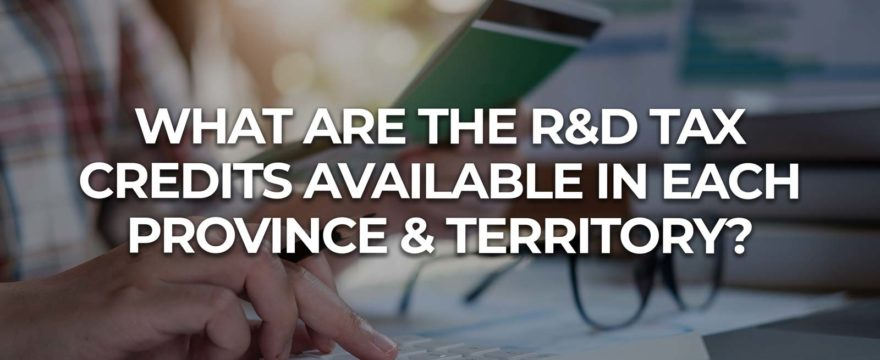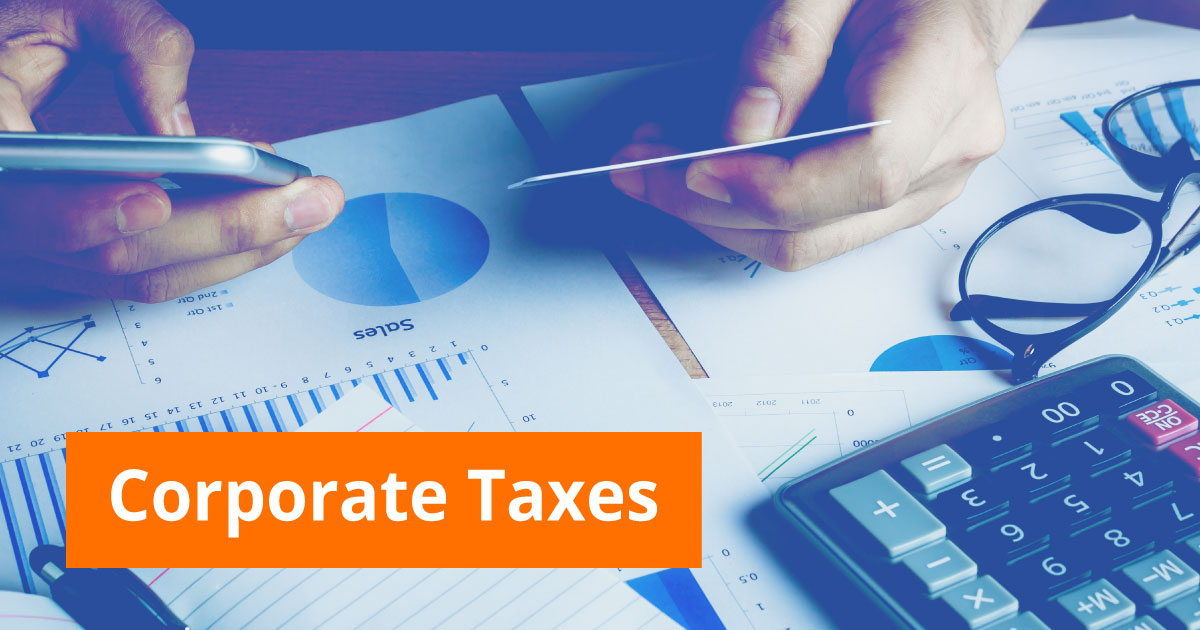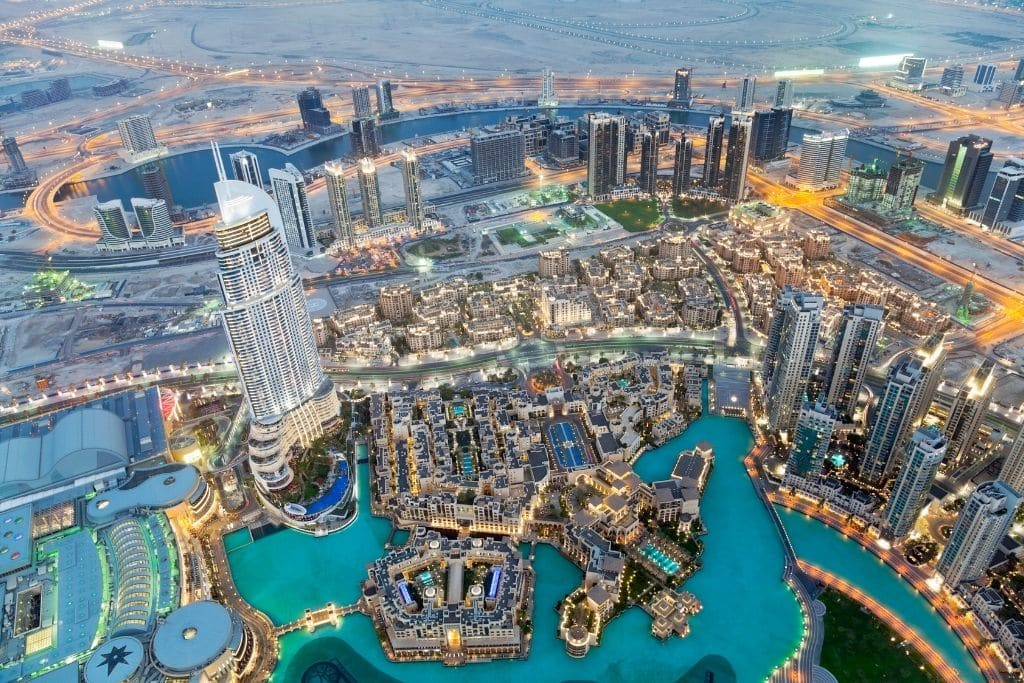Now Reading: 5 Smart Ways to Leverage R&D Tax Credits in 2025
-
01
5 Smart Ways to Leverage R&D Tax Credits in 2025
5 Smart Ways to Leverage R&D Tax Credits in 2025

Table of Contents
R&D Tax Credits: Dubai’s real estate market, a global hub offering 6-8% rental yields and tax-free capital gains, is poised for innovation in 2025 despite a forecasted 15% price decline by Fitch Ratings. The UAE’s Research and Development (R&D) Tax Incentive, introduced under the Corporate Tax Law (Federal Decree-Law No. 47 of 2022), allows businesses to deduct up to 100% of qualifying R&D expenditures from taxable income, enhancing profitability for real estate firms investing in technology and sustainability.
For U.S. expats, combining UAE R&D benefits with U.S. R&D tax credits (up to 20% of qualified expenses under IRC Section 41) can maximize returns. This guide, written in clear, SEO-friendly language with an engaging tone, outlines five smart strategies to leverage R&D tax credits in Dubai’s real estate sector, supported by data, legal insights, and risk analysis.
5 Smart Ways to Leverage R&D Tax Credits
1. Develop AI-Driven Property Analytics Platforms
Invest in AI and machine learning to create platforms that analyze market trends, predict rental yields, and optimize property pricing. Qualifying R&D activities include software development, data modeling, and testing for tools like AI-powered valuation systems used by Dubai’s Smart Rental Index.
- Tax Credit Application:
- UAE: Deduct 100% of costs (e.g., salaries, software, testing) for R&D conducted in Dubai, per FTA guidelines. No tax on residential rental income; commercial projects face 9% corporate tax unless under Qualifying Free Zone Person (QFZP) status.
- U.S.: Claim a 13-20% federal credit for developing proprietary analytics, covering wages and supplies, plus state credits (e.g., 15% in California).
- Investor Strategy: Deploy platforms to identify undervalued properties in JVC (from AED 600,000), boosting 6-8% yields.
- Example: A AED 500,000 investment in AI software yields AED 500,000 UAE deduction, saving AED 45,225 (9% tax) if taxable, and USD 27,100 (13% U.S. credit) for a $100,000 project cost.
- Benefit: Enhances decision-making, reduces acquisition costs, with tax savings reinvested for 10-15% portfolio growth by 2028.
2. Innovate Smart Home and IoT Solutions
Develop Internet of Things (IoT) technologies for smart homes, such as energy-efficient lighting, automated security, or predictive maintenance systems, in properties like those in Jumeirah Village Circle (JVC). R&D for integrating IoT into Dubai’s smart city projects (e.g., Dubai Urban Tech District) qualifies for tax credits.
- Tax Credit Application:
- UAE: Deduct costs for IoT hardware/software development, testing, including prototype expenses, supporting Dubai’s Smart City goals.
- U.S.: Claim credits for IoT system design, covering engineering wages and third-party testing fees.
- Investor Strategy: Equip properties in Dubai Marina (from AED 1.2 million) with smart tech to attract premium tenants, increasing rental yields by 1-2%. Partner with developers like Emaar for integration.
- Example: A AED 300,000 IoT project saves AED 27,135 in UAE tax (if taxable) and USD 16,260 in U.S. credits, offsetting 80% of costs for a $60,000 project.
- Benefit: Boosts property value by 5-10% and supports sustainability, per Knight Frank, enhancing tenant demand.
3. Advance Sustainable Construction Technologies

Invest in R&D for eco-friendly materials, solar integration, or modular construction to align with Dubai’s Real Estate Strategy 2033 and green certifications (e.g., LEED). Qualifying activities include material testing, energy modeling, and pilot projects.
- Tax Credit Application:
- UAE: Deduct expenses for developing sustainable building methods, reducing taxable income. QFZPs in DIFC pay 0% tax on qualifying projects.
- U.S.: Claim credits for prototyping green technologies, including contractor costs and lab expenses.
- Investor Strategy: Target projects like Dubai Sustainable City, incorporating solar panels to cut utility costs (30-40% of service charges). Invest in off-plan units (from AED 800,000) with green features.
- Example: A AED 1 million sustainable project saves AED 90,450 in UAE tax (if taxable) and USD 54,200 in U.S. credits, funding a $200,000 pilot.
- Benefit: Commands 5-10% rental premiums and 15% appreciation by 2027, per Cushman & Wakefield.
4. Create Blockchain-Based Transaction Systems
Develop blockchain platforms for secure, transparent property transactions, reducing fraud and streamlining title transfers with Dubai Land Department (DLD). R&D includes coding smart contracts, testing interoperability, and ensuring DLD compliance.
- Tax Credit Application:
- UAE: Deduct costs for blockchain development, including software licenses and cybersecurity testing, per FTA.
- U.S.: Claim credits for blockchain programming and integration, covering developer salaries and cloud computing costs.
- Investor Strategy: Use blockchain to facilitate fractional ownership in high-value properties (e.g., Palm Jumeirah, from AED 2 million), attracting global investors via platforms like SmartCrowd.
- Example: A AED 400,000 blockchain project saves AED 36,180 in UAE tax (if taxable) and USD 21,680 in U.S. credits, offsetting a $80,000 project.
- Benefit: Reduces transaction costs by 2-3% and enhances investor trust, driving 12% more inquiries, per CBRE.
5. Enhance PropTech for Property Management

Invest in property technology (PropTech) solutions like AI-driven tenant screening, automated leasing platforms, or virtual tour software to optimize rental operations. R&D includes algorithm development, user testing, and API integration with platforms.
- Tax Credit Application:
- UAE: Deduct expenses for PropTech software, including cloud infrastructure and data analytics, supporting Dubai’s digital transformation.
- U.S.: Claim credits for developing proprietary management tools, covering coding and beta testing costs.
- Investor Strategy: Implement PropTech in JVC rentals (yielding 7.34-8.38%) to reduce vacancy rates by 15% and management costs by 20%.
- Example: A AED 200,000 PropTech project saves AED 18,090 in UAE tax (if taxable) and USD 10,840 in U.S. credits, funding a $40,000 solution.
- Benefit: Increases net rental income by 1-2% and supports scalability, per ValuStrat.
Legal Considerations for U.S. Expats
- UAE Tax Framework:
- Corporate Tax: 9% on taxable income above AED 375,000, with 100% R&D expense deduction. QFZPs in free zones (e.g., DMCC, DIFC) pay 0% on qualifying income. Residential rental income is exempt.
- VAT: 5% on commercial transactions, recoverable for businesses.
- Compliance: File tax returns within nine months of fiscal year-end (e.g., September 30, 2025, for January–December 2024). Maintain records for seven years. Penalties: AED 10,000 for late registration, AED 500-1,000 monthly for late filings.
- U.S. Tax Framework:
- Reporting: Declare worldwide income under FATCA via Forms 8858 and 1116. Rental income taxed at 10-37%, capital gains at 0-20%.
- R&D Credits: Claim 13-20% federal credit for qualified research expenses (e.g., wages, supplies, contract research). State credits vary (e.g., 15% in California).
- Foreign Tax Credit (FTC): Offset U.S. tax with UAE corporate tax paid, reducing double taxation.
- FEIE: Exclude up to USD 130,000 of earned income if resident in UAE for 330 days.
- Freehold Ownership: U.S. investors can own properties in freehold zones (e.g., Dubai Marina, JVC), registered with DLD.
- Golden Visa: Properties worth AED 2 million qualify for a 10-year visa.
- Transaction Fees: 4% DLD fee (split with seller), 2% agency fee, AED 540-4,200 registration fees.
Risks and Mitigation
- Oversupply: 210,000–250,000 units by 2026 may soften prices. Focus on prime (Dubai Marina) or tech-enhanced properties for resilience.
- R&D Eligibility: UAE requires R&D to create new knowledge or solve technical uncertainties. Document activities per FTA guidelines to avoid claim rejections.
- U.S. Compliance: IRS audits for R&D credits are rigorous. Use tax advisors to substantiate qualified expenses.
- Market Volatility: U.S. interest rates (4.75-5%) may curb investment. Dubai’s tourism (17.15 million visitors in 2024) and Golden Visa program sustain demand.
- Regulatory Changes: FTA may refine R&D rules. Monitor updates.
Step-by-Step Guide for U.S. Investors
- Identify R&D Opportunities: Focus on AI analytics, IoT, sustainable tech, blockchain, or PropTech aligned with Dubai’s Real Estate Strategy 2033.
- Structure Business: Set up a QFZP in DMCC or DIFC for 0% tax on qualifying income. Register for corporate tax within three months of incorporation (AED 10,000 penalty for delay).
- Document R&D: Track expenses (salaries, software, prototypes) and technical uncertainties per FTA and IRS guidelines.
- File UAE Taxes: Submit returns by September 30, 2025, for January–December 2024, claiming 100% R&D deductions via EmaraTax.
- Claim U.S. Credits: File Form 6765 with IRS for R&D credits, claiming FTC for UAE taxes paid. Consult U.S. tax professionals.
- Invest Strategically: Target properties in JVC, Dubai Marina, or Dubai South with tech enhancements, using for market insights.
- Monitor Returns: Track 6-10% yields and 10-15% appreciation by 2028, reinvesting tax savings into new projects.
Conclusion
Leveraging R&D tax credits in Dubai’s real estate market offers U.S. investors a strategic edge in 2025, combining UAE’s 100% R&D deductions with U.S. credits to offset costs for AI analytics, smart home tech, sustainable construction, blockchain, and PropTech. These innovations enhance 6-10% rental yields and 10-15% appreciation potential, despite a 15% price correction forecast. By structuring through QFZPs, documenting R&D, and navigating UAE and U.S. tax rules, investors can maximize returns while mitigating risks like oversupply and compliance. watch more
read more: 7 Must-Know Corporate Tax Compliance Deadlines for 2025





















